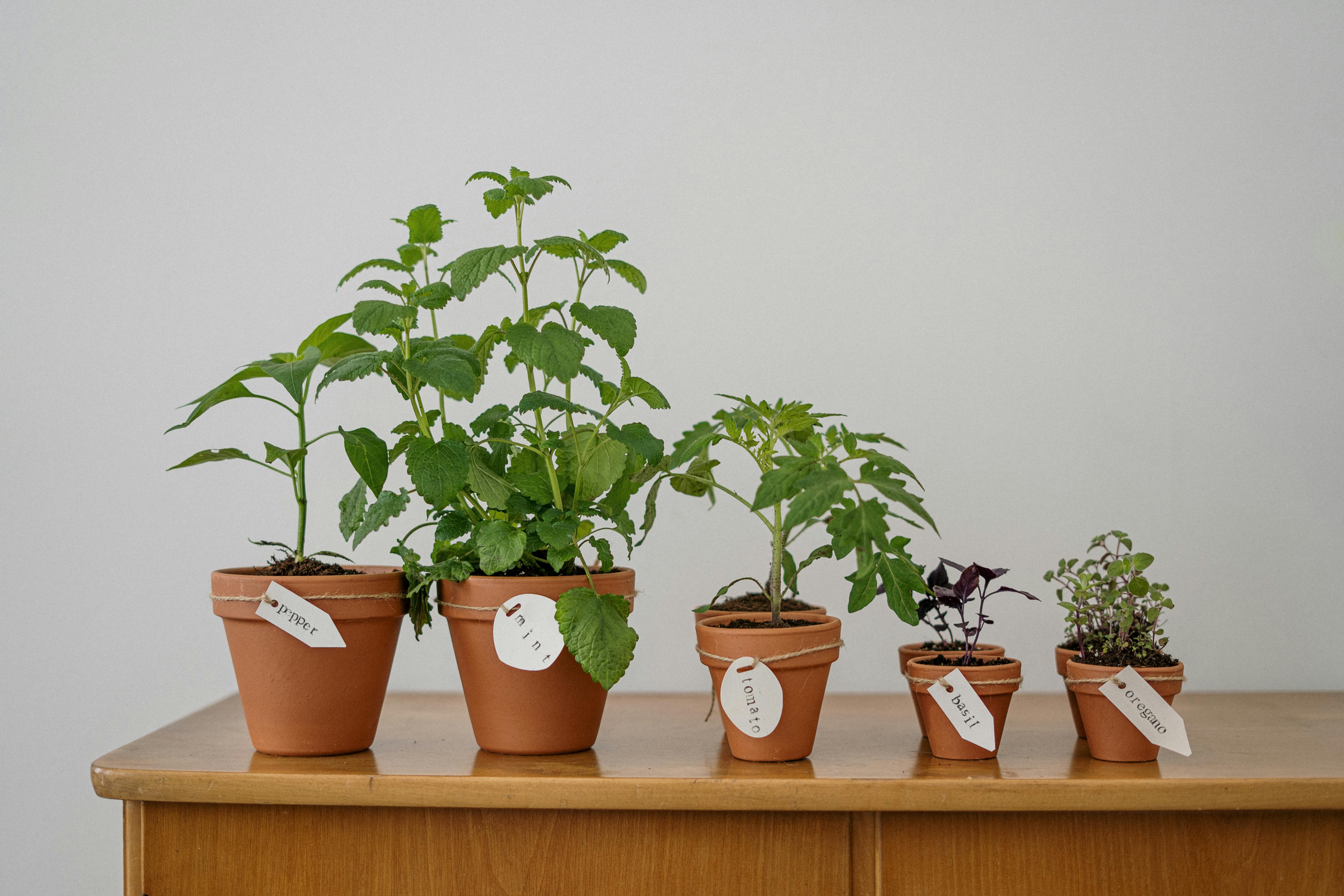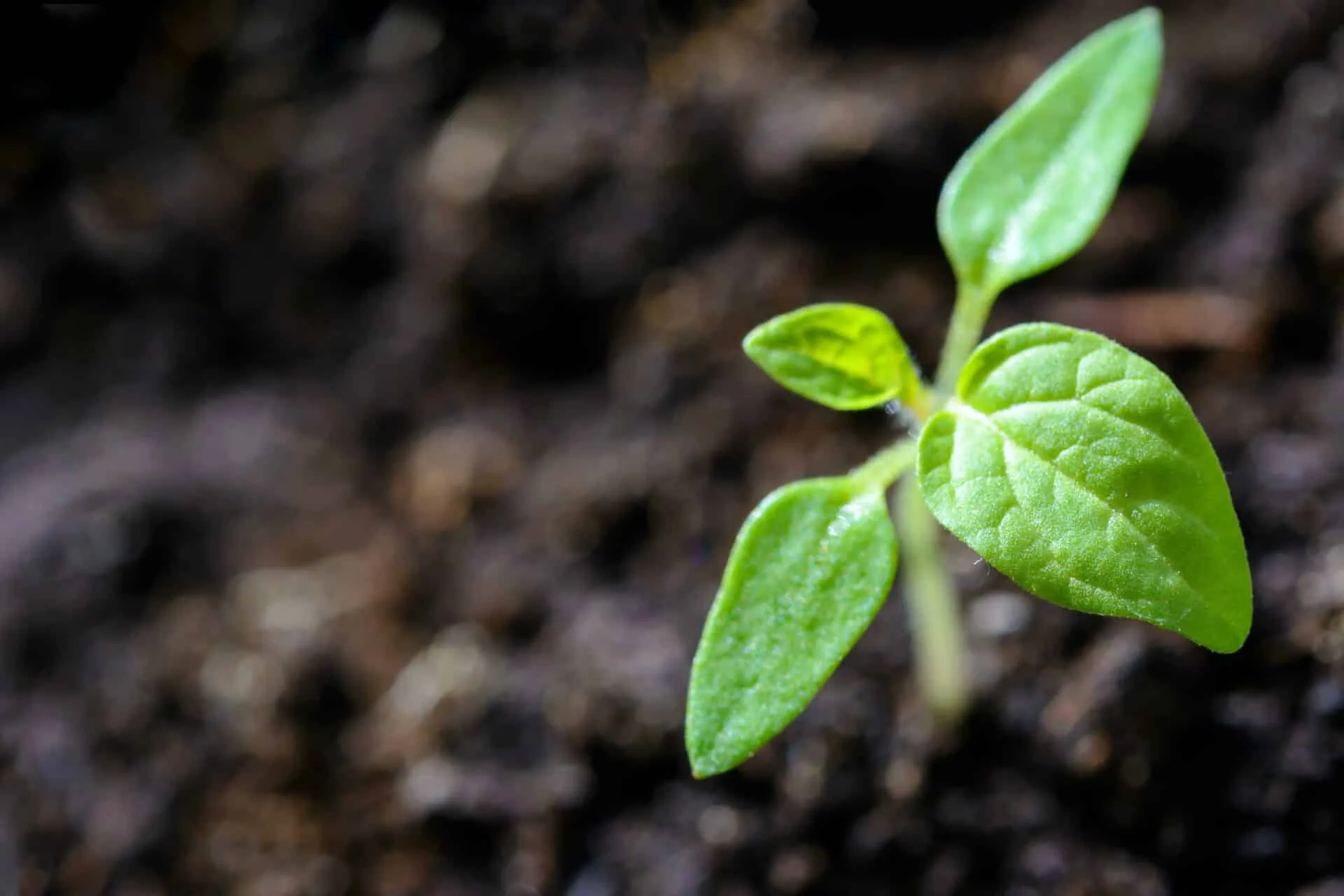Tomatoes are one of the most popular vegetables and can be found in many different dishes. Unfortunately, there are times when a tomato plant may seem to be growing but not producing any fruit. This can be incredibly frustrating for gardeners looking to enjoy the fruits of their labor. In this article, we will discuss some of the common causes for why tomato plants may be growing but not producing fruit and what can be done to remedy the situation.Identifying Tomato Plant Problems can be a difficult task, but there are certain signs and symptoms to look out for that can help you diagnose the problem. Common tomato plant problems include nutrient deficiencies, pest infestations, disease, and environmental issues. Signs of nutritional deficiencies include yellowing or purpling of the leaves, stunted growth, and yellowing or purpling of the fruit. Pest infestations can be identified by finding the pests themselves on the plant or their eggs and excrement on the leaves. Diseases such as blights and wilts can cause yellowing of the leaves, stem rot, and discoloration of the fruit. Environmental issues such as too much or too little water can be identified by looking for wilting or yellowing of the leaves as well as stunted growth in extreme cases.
Assessing Sunlight
Sunlight is one of the most important factors to consider when gardening. The amount and intensity of sunlight in a given area can determine the type and variety of plants that can be grown. Assessing the amount and intensity of sunlight in an area is simple. All you need to do is observe the amount of direct sunlight in a given area throughout the day. The more direct sunlight, the better it is for plant growth. Additionally, if you are planting in a shaded area, make sure that there is some indirect light that can reach your plants.
Assessing Soil
The soil quality plays an important role in determining what kind of crops will grow best in your garden. Testing your soil’s pH level and nutrient levels will help you determine which plants will do best in your garden. A soil test kit should be used to determine the pH level and nutrient content of your soil. If necessary, you can adjust the pH level by adding fertilizers or other amendments to the soil to make it suitable for certain plants. Additionally, if you are growing vegetables or fruits, it is also important to ensure that there is adequate drainage so that water does not pool around the roots of your plants.
Monitoring Temperature and Humidity
Temperature and humidity are two of the most important environmental variables that need to be closely monitored. Knowing the temperature and humidity of an environment is essential for maintaining optimal comfort levels for people living or working in that environment. Temperature and humidity also play an important role in controlling the growth of bacteria, fungi, and other microorganisms, which is critical for maintaining a healthy indoor air quality. For this reason, it is important to have a reliable monitoring system in place that can accurately measure temperature and humidity levels.
The first step in monitoring temperature and humidity levels is to install a good quality monitoring system. There are many types of monitoring systems available on the market today, ranging from basic models to more sophisticated systems that can provide detailed readings on temperature and relative humidity levels. Depending on the needs of your environment, you may need to choose a system with more advanced features or one with basic features that will allow you to get accurate readings on temperature and humidity levels.
Once you have installed your system, it is important to regularly check the readings on your system to ensure accuracy. This can be done by comparing readings taken at different times throughout the day or even over a period of weeks or months. If there are any discrepancies between readings taken at different times, then further investigation should be carried out to determine why there may be differences in readings between different times.
It is also important to regularly calibrate your monitoring system so that it provides accurate results. This process involves regularly checking the accuracy of the system by comparing its readings against known values such as those provided by a professional calibration service or by taking measurements with other instruments such as thermometers and hygrometers. Calibrating your system regularly will help ensure that it provides reliable results each time it is used.
Finally, it is important to keep records of all temperature and humidity readings taken from your system so that you can track changes over time. This data can be used for various purposes such as determining trends in environmental conditions or detecting problems such as fluctuations in temperatures or sudden drops in relative humidity which could indicate potential issues with air quality control systems within an indoor space. Keeping records of these readings will help you make informed decisions about how best to maintain optimal comfort levels within your environment while also ensuring good air quality control measures are put into place where necessary.

Addressing Poor Pollination
Pollination is an essential part of plant life cycles, and it can be adversely affected by a range of environmental factors. Poor pollination can result in reduced crop yields and poor quality fruit or vegetable production. There are a number of strategies that can be employed to address poor pollination and to ensure adequate pollinator populations in agricultural areas.
The first step in addressing poor pollination is to identify the source of the problem. This might include examining the health and activity levels of local pollinator populations, as well as looking at local land use practices that might be affecting the availability of food sources for these populations. It could also include a review of local weather patterns to determine if there are any environmental factors that could be affecting pollinator numbers.
In order to address poor pollination, it may also be necessary to create suitable habitat for pollinator species. This could involve planting native species of flowering plants, creating areas for nesting, or providing water sources in agricultural areas. Additionally, it may also be beneficial to reduce or eliminate the use of pesticides or herbicides in agricultural areas, as these chemicals can have an adverse effect on pollinators and their ability to effectively complete their work.
Finally, it is important to ensure that agricultural workers understand the importance of proper management practices when it comes to addressing poor pollination. This includes avoiding practices such as overgrazing and monoculture cropping systems which can have a negative impact on native wildflower populations – both key food sources for many species of pollinators. Additionally, encouraging crop rotation and cover cropping can help provide additional nectar sources for bees and other beneficial insects during times when natural flowers may not be available.
Evaluating Fertilizer Use
Fertilizers are an important component of crop production. They provide essential nutrients that can improve overall yields and quality of crops. However, they can also be harmful if used in excess. It is important to evaluate the effectiveness of fertilizer use in order to optimize its use and minimize potential negative impacts on the environment.
The first step in evaluating fertilizer use is to assess the current soil conditions. This includes measuring soil pH, nutrient levels, organic matter content, and other factors. Once these have been determined, the fertilizer type and amount needed can be determined based on the crop being grown and other factors such as climate and soil type.
Once the type and amount of fertilizer have been decided upon, it is important to monitor its use throughout the growing season. It is also essential to keep track of how much fertilizer was applied each season so that any changes in effectiveness can be detected over time. This data can then be used to adjust future applications accordingly.
Finally, it is important to evaluate the environmental impacts of fertilizer use, such as runoff into groundwater or surface water sources as well as air pollution from ammonia volatilization or nitrous oxide emissions. By actively monitoring these impacts, potential problems can be addressed before they become too severe or difficult to remediate.
Evaluating fertilizer use is a critical part of successful crop production and environmental stewardship. By understanding current soil conditions, tracking application rates throughout the season, and monitoring environmental impacts, farmers can ensure that fertilizers are used in a safe and effective manner for maximum benefit to their crops as well as their local environment.
Pruning to Promote Growth
Pruning is a horticultural practice essential for the health and longevity of trees and plants. Pruning helps to control the shape, size, and overall appearance of a tree or plant while also promoting its growth. By removing dead or dying branches, as well as those that are interfering with other branches or growing in an undesirable shape, pruning can help a tree or plant flourish. It is important to prune trees and plants regularly in order to prevent overgrowth and keep them in healthy condition.
Pruning can also help promote increased growth in certain plants and trees. By removing competing branches that receive the same amount of sunlight, pruning can allow more energy to reach the desired branches, leading to more vigorous growth. Pruning can also help reduce the risk of disease by eliminating dead or dying branches that can spread disease throughout the tree or plant.
In addition to promoting growth and reducing disease risks, pruning can also help improve aesthetic appeal. Trees and plants that have been properly pruned look much more attractive than those that have been neglected. Pruning also helps create space between branches by limiting their density, allowing more light into the center of the tree or plant so the leaves can photosynthesize better.
When pruning trees and plants, it is important to take caution not to over-prune them as this can cause damage. Over-pruning can result in reduced flowering and fruiting as well as weakened stems that may break off easily under weight or windy conditions. It is best to seek advice from a professional if you are uncertain about how much pruning needs to be done on your trees or plants.
Overall, pruning is a beneficial practice for both practical and aesthetic reasons when done properly. Pruning not only allows for improved air circulation within a tree or plant but also helps promote growth while reducing disease risks at the same time. With regular maintenance through careful pruning, you will have healthy trees and plants that will last you for years!

Conclusion
Tomato plants need the right conditions to grow and produce fruit. If the plant isn’t getting enough sun, water, or nutrients, it may not be able to produce fruit. Additionally, certain environmental stressors like pests and extreme temperatures can also cause tomato plants to not produce fruit. Tomato plants may also suffer from a lack of pollination or disease issues that can prevent them from fruiting. Lastly, it is important to remember that tomato plants take time to grow and mature before they are able to produce any fruit.
In conclusion, there are many reasons why tomato plants may not be producing fruit. By making sure the plant has the right conditions for growth and by monitoring for pests and disease, you can help ensure that your tomato plants will eventually produce delicious fruits.



